An overview of the situation :
According to the United Nations Environment Program (UNEP), 11 billion tonnes of waste are generated and collected yearly around the world. The main solution implemented is, of course, the minimization of waste around the world but in situations where waste cannot be avoided, physical waste management in order to recycle becomes the next best thing.
According to the 2020 annual report of the International Environmental Technology Centre (IETP) however, only 11% of municipal trash undergoes treatment and this value greatly varies depending on the city.
This issue creates an incentive to create a simple household system designed that allows citizens to easily categorize their waste without having to trouble themselves.
Our system will have to be cheap and non-invasive in order to be installable in a maximum of households. It also will have to be comprehensive so that users don't find themselves confused by it.
The idea :
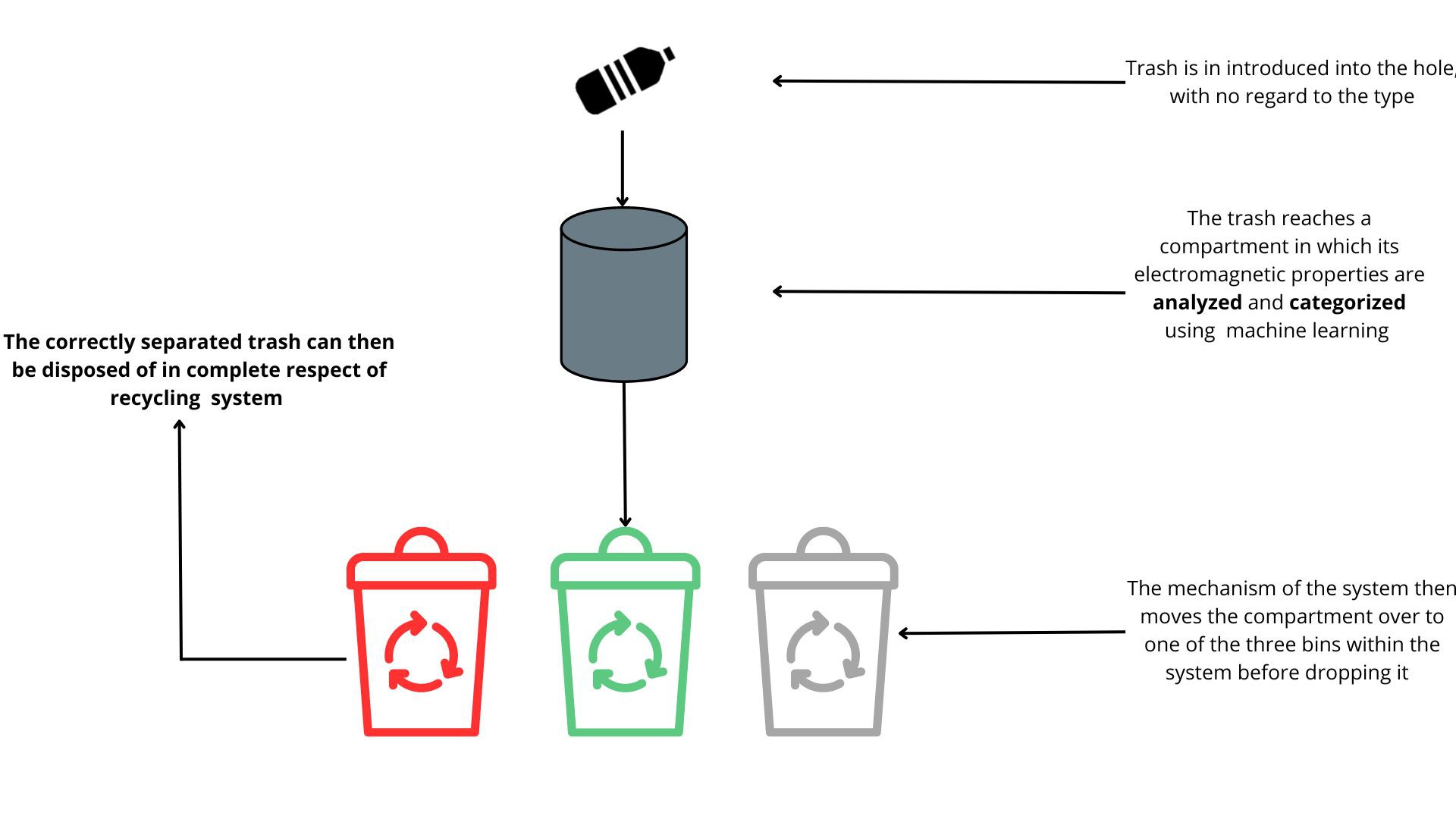
Classification :
The original idea was to use the electric properties that vary between the different categories of waste to properly classify the trash using a decision tree algorithm.
To acquire those values we decide on using a capacitive sensor to detect the "degree" of conductivity of the material thrown. From there the idea is to make software that categorizes and operates the motors to put the trash in the correct bin.
The sensor and microprocessor must be cheap so that the overall system remains affordable
 Elijah Ki-Zerbo
Elijah Ki-Zerbo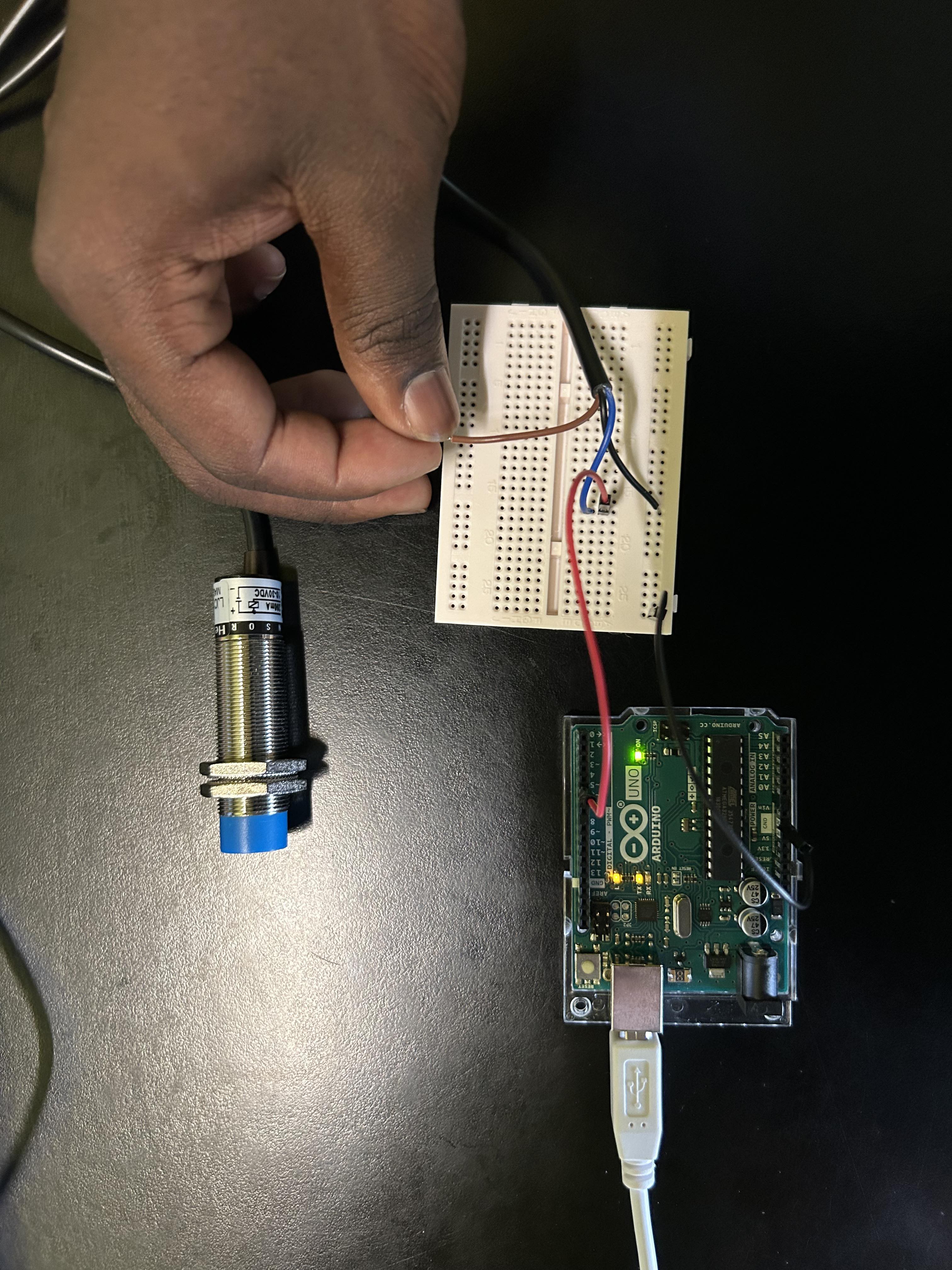
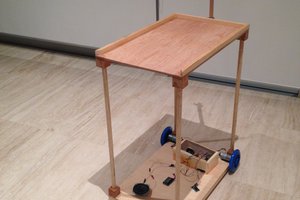
 Austin Marandos
Austin Marandos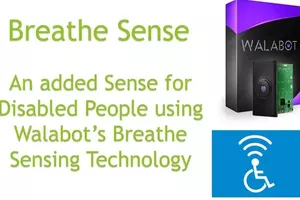
 Dhairya Parikh
Dhairya Parikh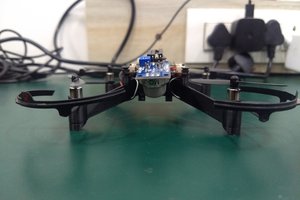
 SHIVANI
SHIVANI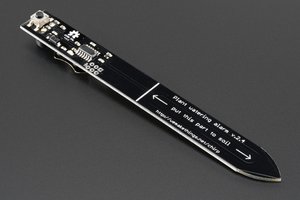
 Valentin Ortega
Valentin Ortega